Computer programming languages enable us to communicate with computers in a language that they comprehend.
There are a variety of computer programming languages that programmers can use to interact with a computer, just as there are a variety of human-based languages. A “binary” is the portion of a language that a computer can understand. Compiling is the process of converting a programming language into binary. Each programming language, from C to Python, has its own unique characteristics, while there are numerous similarities between them.
These languages enable computers to process huge and complicated swathes of data fast and efficiently. If a person is given a list of randomized numbers ranging from one to ten thousand and asked to arrange them in ascending order, it is likely that it will take a long time and contain errors.
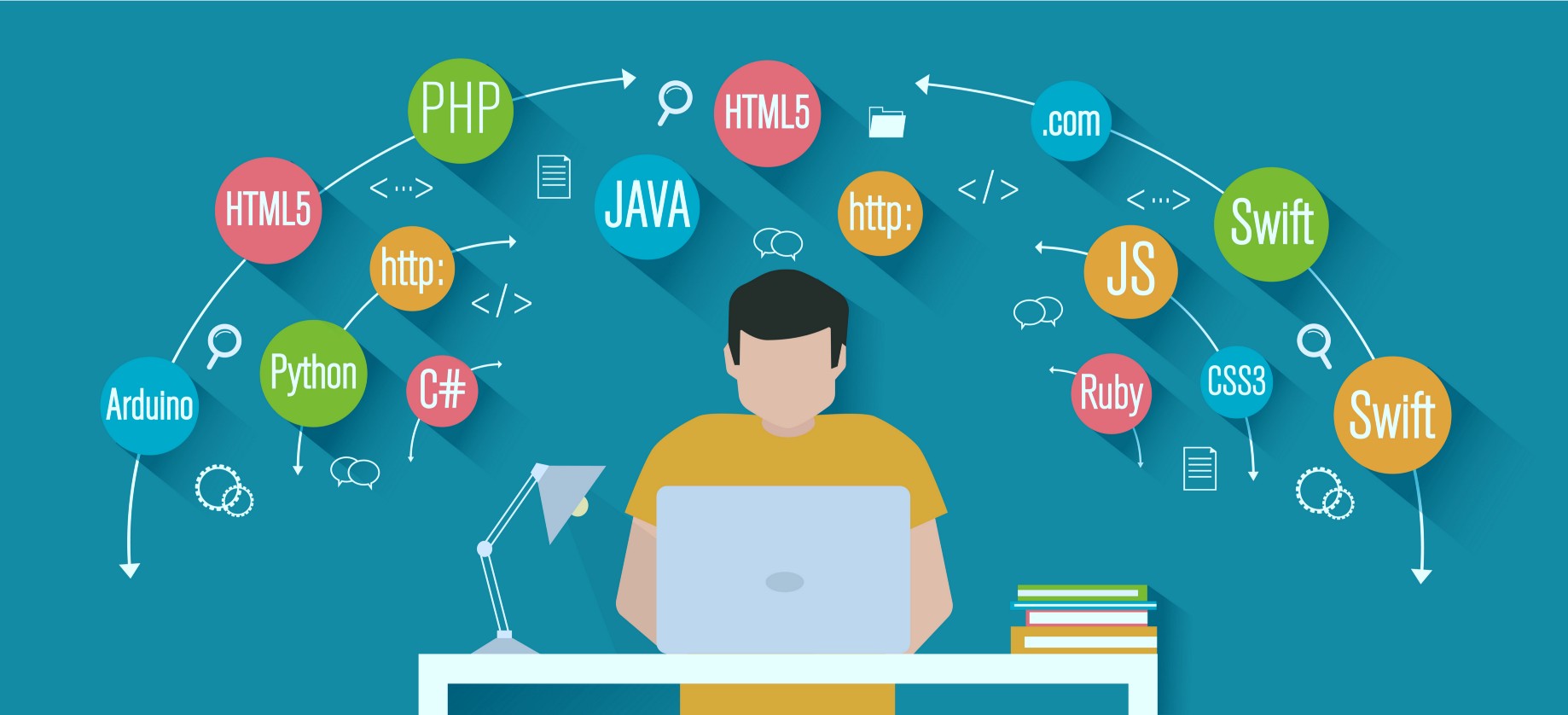
In today’s world, there are dozens of programming languages to choose from. Below are brief summaries of some significant, relevant, and in-demand languages.
“Java”
Java is the most widely used programming language and framework for creating general-purpose applications.
Sun Microsystems released it in 1991 as a high-level, compiled, memory-managed language.

Java uses curly brackets for closures and semicolons to finish statements, similar to C/C++.
One of the characteristics that helped Java become so popular so rapidly after its first release was automatic memory management. Before Java, languages like C and C++, which required manual memory management, were the most popular. Java was regarded as a huge step forward for application developers since manual memory allocation is cumbersome and error-prone.
Beyond memory management, Java’s promise was its cross-platform potential. The tagline for this was “write once, run anywhere.” The Java Virtual Machine (JVM) executes Java bytecode generated by the Java programming language. JVMs are available for Linux, Mac OS X, and Windows, among other operating systems.
It doesn’t always function flawlessly, but when it does, a Java program can run on any platform that has a JVM that is compatible.
Java is a programming language that is used in corporate, online, and mobile applications. It is the native language of the Android operating system from Google. Thousands of set-top boxes and embedded devices run on Java.
“C”
“C” was the main high-level language until Java was introduced. In 1972, it was initially introduced.
The initial Unix versions, which were created in Assembly, were ported to “C”. It was later utilized to create other early operating systems, such as IBM System/370.
“C” has a long history of being developed for older computers with slower processors and less memory. “C” has a reputation for good performance in circumstances where speed matters since programs created in it had to be very efficient.

“C” is still widely used in the development of systems, including as operating systems, embedded devices, and firmware. Because the “C” standard library has been ported to a variety of platforms, it is suitable for a wide range of applications.
Low-level systems programming, on the other hand, is a specialized talent compared to ordinary application programming.
This explains why, compared to other languages in the top 10, the second-most popular language on the TIOBE index has comparatively few job posts.
“Python”
Python is an interpreted programming language that was initially released in 1989. It’s an interpreted language that allows object-oriented programming and automatic memory management.
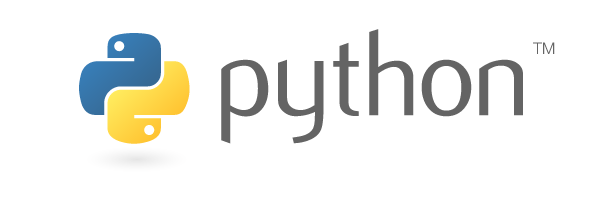
Python is a widely used programming language for a variety of purposes, including web applications. It’s become well-known recently for its use in artificial intelligence applications.
“C++”
“C++” adds object-oriented features to “C”. The “double-plus” is derived from the “C” increment operator. “C++” was created to bring features from previous languages to platforms that were quicker and more capable.

“C++” is used in the same areas as “C”, such as system programming and low-level hardware development. The “C++” standard libraries and specification have grown significantly over time, prompting accusations that it has become overly complex and difficult to master.
“Visual Basic .NET”
Microsoft’s implementation of the Visual Basic language, “Visual Basic.NET” (VB.NET), compiles to.NET Intermediate Language. This enables developers to use Visual Basic to create.NET apps. “VB.NET” applications are, on the whole, just as capable as any other.

However,for corporate applications, “VB.NET” was never extremely popular.
“C”, “C++”, and “C#” were the programming languages of choice for application developers.
Most “VB.NET” applications are older, and therefore are likely to be regarded “legacy” applications that will be decommissioned or redeveloped.
“C#”
Microsoft created and released “C#” in 2000, along with the.NET Framework as a whole. “C#” is extremely similar to “Java” and C/C++ in terms of syntax. It’s an object-oriented, compiled language that uses the.NET Intermediate Language.
“C#” was designed to be used for Microsoft-focused development of Windows Forms and web development with ASP.NET at first. With the release of the.NET Standard and.NET Core, the.NET ecosystem has evolved recently.
These new frameworks and standards are cross-platform, meaning they can be used on Windows, Linux, and Mac computers.
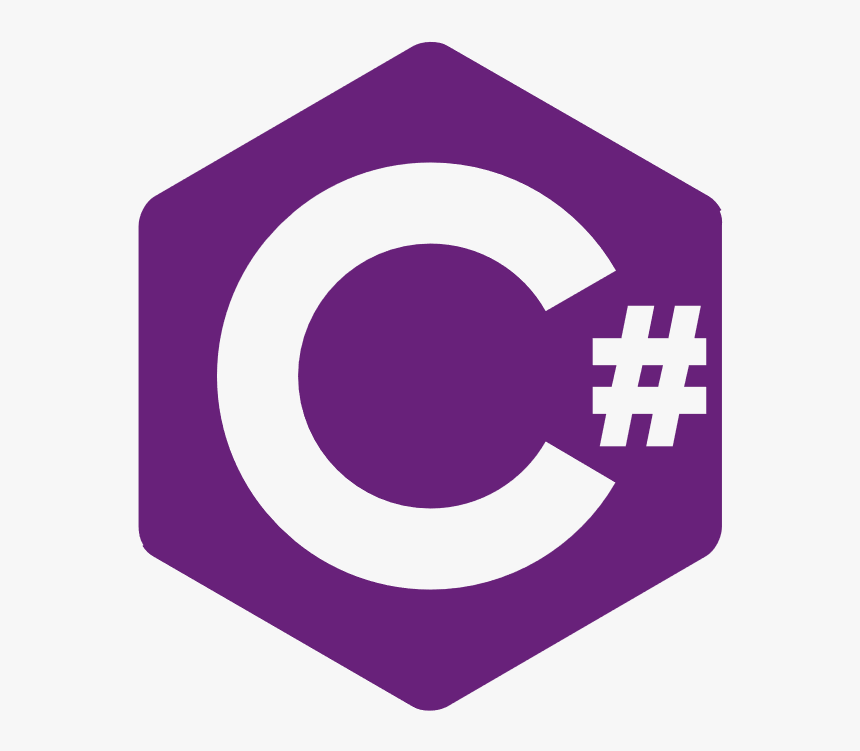
“C#” is widely used for local and online application programming, and is frequently (but not always) seen in systems built primarily with Microsoft technology. The Xamarin framework from Microsoft allows developers to construct Android and iOS apps in “C#”. It has libraries for embedded systems and is ideal for systems programming in some circumstances.
“PHP”
As part of its original moniker, PHP/FI, it stood for “Personal Home Page” (Forms Interpreter.) “PHP” (Hypertext Processor) is now the official acronym. Its principal use is to serve as a server-side scripting system for web applications. It was originally created to add HTML forms and database access to a CGI program. “PHP” is analogous to Microsoft’s original (pre-.NET) Active Server Pages in that its code is mixed in with the HTML. The interpreter examines the HTML and code on the page and executes the code sections.
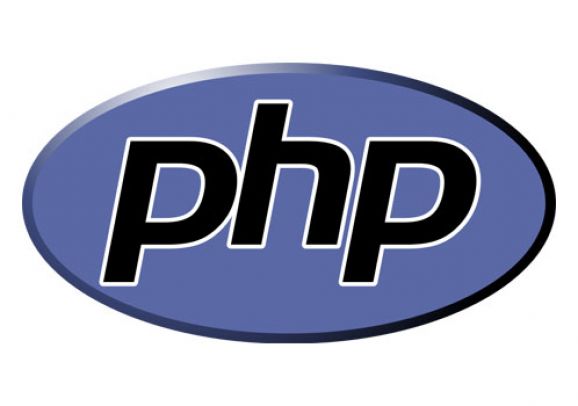
“PHP” is widely used because it is simple to learn. It’s also the foundation for well-known web-based apps like WordPress and Joomla. “PHP”, on the other hand, has a skewed reputation when it comes to software quality. Security controls and features were lacking in early versions, making it difficult to construct truly secure applications. Security has improved as a result of recent changes in PHP frameworks and libraries.
“JavaScript”
“JavaScript” is an interpreted high-level language with dynamic typing. “JavaScript” is named from the syntax it uses, which is similar to Java. JavaScript was first introduced in 1995, when the Internet was still in its infancy. On the client side, “JavaScript” is used to write code that executes in web browsers. If you’ve been using the Web long enough to recall Google Maps’ debut, you’ve seen some of the initial magic: Maps’ “infinite scrolling” is accomplished with JavaScript.
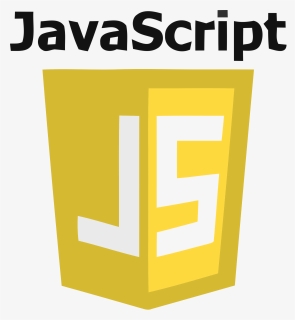
“JavaScript” support has been added to all major web browsers since its initial release.
React, Angular, and Vue are “JavaScript” frameworks that provide a Model-View-Controller application development paradigm that runs fully in the browser. Most real user monitoring software accept “JavaScript” since it now supports the visual, browser-run features of most modern online applications. “JavaScript” can also be used in conjunction with HTML to create cross-platform mobile apps.
NodeJS is a web server that runs JavaScript on the server side.
“JavaScript” is used only in NodeJS apps. JavaScript is popular and in great demand due to all of these use cases and support.
Although there are complex programming techniques that require time to master, it is not difficult to learn. Consider TypeScript if you’re more acquainted with object-oriented programming languages. TypeScript transpiles to native JavaScript by “overlaying” object-oriented features and syntax.
“SQL”
Structured Query Language (SQL) is an acronym for Structured Query Language. In a Relational Database Management System, “SQL” is used to query and alter data (RDBMS.) Product-specific features are available in vendor-specific implementations such as Oracle’s PL/SQL and Microsoft’s T-SQL.
“SQL” isn’t a general-purpose programming language for creating apps. Most developers, however, find it to be a valuable, if not necessary, talent. A developer who has a well-rounded skill set that covers all parts of an application is referred to as a “full-stack developer.” Accessing and storing data to a database is almost usually part of this. “SQL” is not difficult to learn at first, but there are some complex use cases in Big Data and data analysis that demand a lot of practice.

“SQL” is widely used by both developers and database administrators, therefore SQL-related occupations are available.
It is not, however, a full skill in and of itself. “SQL” knowledge is a major advantage on a résumé, but it’s rarely the most important talent for a job.
So, which programming language have you decided to learn?
Here we share with you one of the best pages to learn programming. Good Luck 🙂
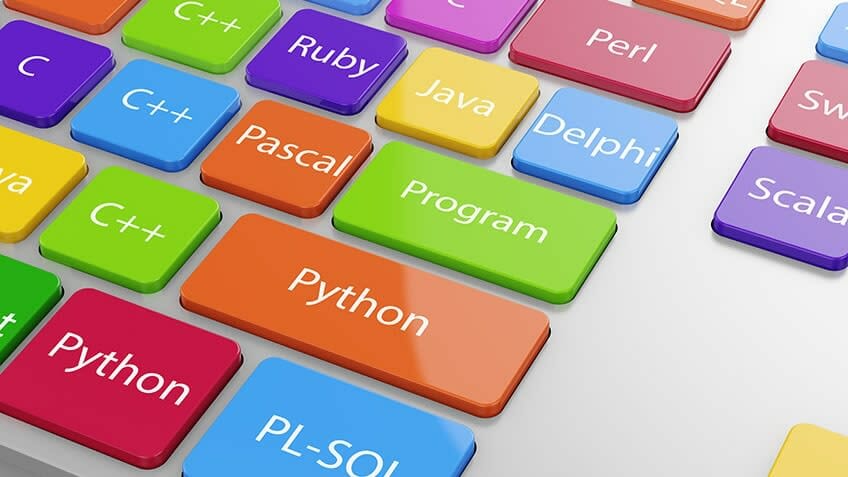

5 thoughts on “The Usage of Modern Programming Languages”
-
Pingback: Python Encoding - 101ToolBox
-
Pingback: Native vs Hybrid vs Cross-Platform Development - 101ToolBox
-
Pingback: Python vs Javascript - 101ToolBox
-
Pingback: 11 Most In-Demand Programming Languages - 101ToolBox
-
Pingback: MATLAB - 101ToolBox
Leave a Reply